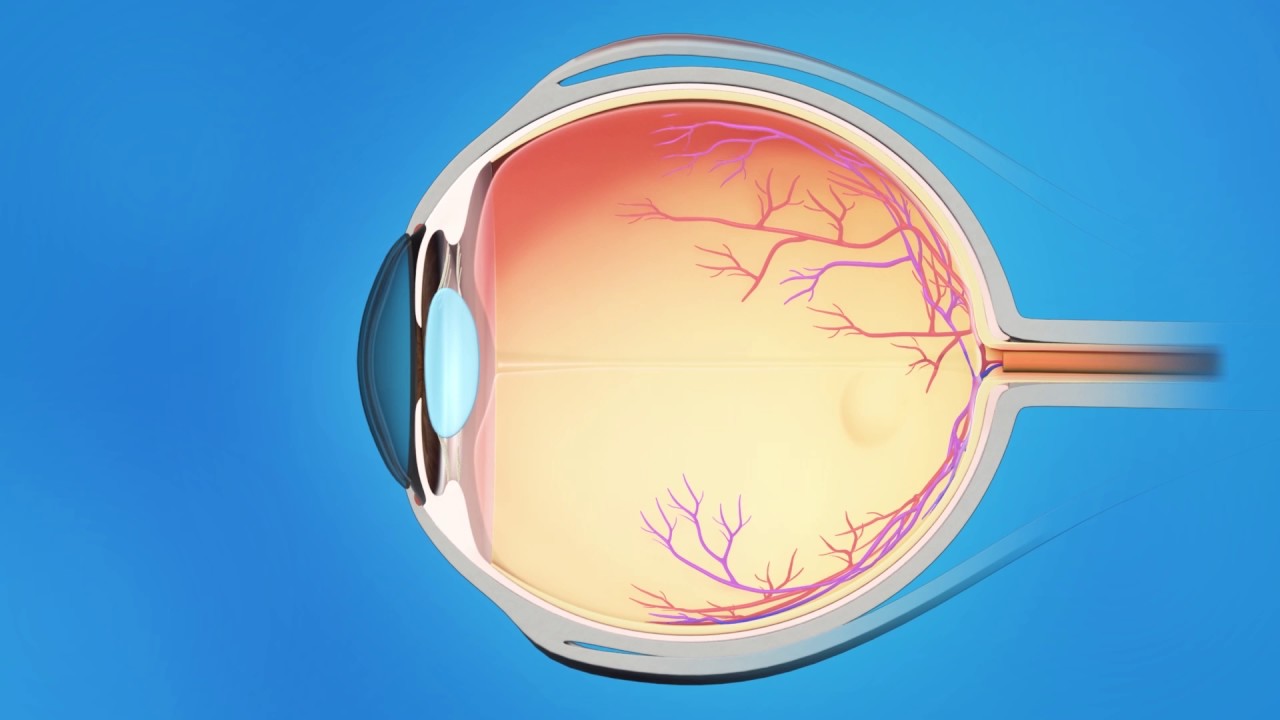
Understanding Glaucoma: A Vision-Saving Primer
Glaucoma is often called the “silent thief of sight,” primarily because it can strike without symptoms and lead to irreversible vision loss. It’s a complex set of eye conditions that damage the optic nerve, the vital link between the eye and the brain. Understanding glaucoma and its ramifications is essential because, if left unchecked, it can culminate in blindness. Through education and awareness efforts by organizations such as Prevent Blindness, individuals can access critical resources and guidance for dealing with this eye condition.
At the core of glaucoma’s insidious nature is its gradual onset. Initially, the condition may not trigger any noticeable symptoms, allowing it to progress unnoticed. In many cases, peripheral vision is the first to be affected, and as the condition advances, it can lead to a decrease in central vision and, eventually, blindness. Early detection through comprehensive eye exams is critical, as treatments are far more effective when the condition is diagnosed in its initial stages.
There are several types of glaucoma, with the most common being open-angle glaucoma, where the drainage angle formed by the cornea and iris remains open, but the trabecular meshwork is partially blocked. This leads to a gradual increase in eye pressure that can damage the optic nerve. Another type is angle-closure glaucoma, which occurs when the iris bulges forward to narrow or block the drainage angle formed by the cornea and iris. This can cause a sudden increase in eye pressure, requiring immediate medical attention.
While the exact causes of glaucoma are not fully understood, several risk factors have been identified, including age, a family history of the condition, racial background, and certain medical conditions like diabetes. High intraocular pressure is also a significant risk factor, although glaucoma can occur without elevated eye pressure, a condition known as normal-tension glaucoma.
Management and treatment of glaucoma are focused on lowering intraocular pressure to prevent further optic nerve damage. Depending on the type and severity, treatment options can include prescription eye drops, oral medications, laser therapy, or surgery. Patients may need to undergo multiple treatments to achieve the desired eye pressure.
Prevent Blindness, a pivotal organization in the fight against vision loss, offers a wealth of information for those affected by glaucoma. By visiting their website, individuals can learn about the disease, including detection, treatment options, and coping strategies. With their mission to prevent blindness and preserve sight, they provide educational materials and support systems for patients and their families. This kind of resource is invaluable, as living with glaucoma can be challenging not only physically but also emotionally.
Aside from treatment, lifestyle changes can also play a role in managing glaucoma. Regular exercise, protecting the eyes from injuries, controlling other health problems such as diabetes or high blood pressure, and avoiding activities that can elevate eye pressure are all proactive steps one can take.
Glaucoma research is ongoing, with scientists exploring the various aspects of the disease, including its genetic origins, how the disease progresses, and new treatment options. Clinical trials are also a vital part of advancing glaucoma treatment, giving patients access to cutting-edge therapies.
Awareness and education are our best tools in the early detection and management of glaucoma. With timely diagnosis and proper treatment, the vast majority of individuals with glaucoma will not lose their sight. Visiting resources like Prevent Blindness can empower those with glaucoma and their loved ones with knowledge and support, helping to navigate the challenges posed by this eye condition.
If you or someone you know is at risk for or is experiencing the early signs of glaucoma, reach out for professional help immediately. Early intervention can make all the difference in preserving vision and quality of life. Remember, glaucoma doesn’t have to mean a life without sight—awareness, early detection, and treatment can help maintain vision and independence.







